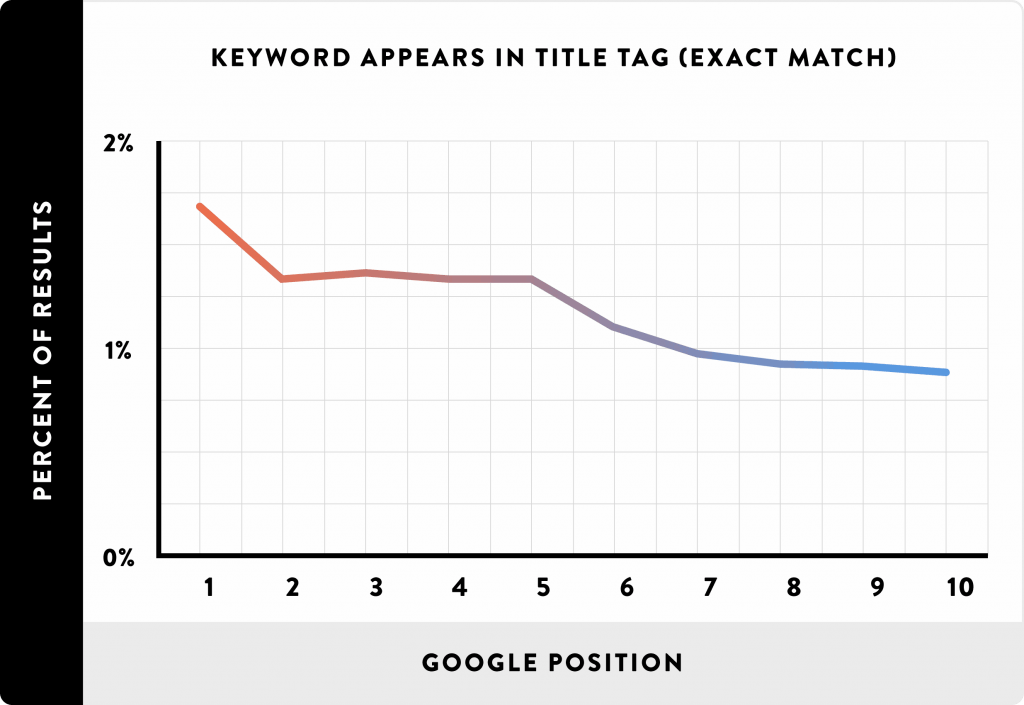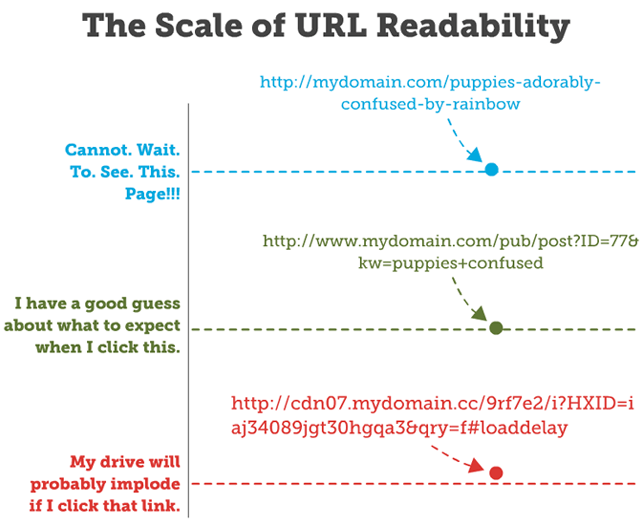Keyword Optimization – Make Your Content Better
Writing content for the web has become increasingly important in today’s digital landscape. Content is the basis of any successful online presence, and keyword optimization plays a major role in ensuring your web pages are seen by the right people.
It helps to drive traffic to your site by utilizing relevant words and phrases (keywords) that potential readers are likely to search for when looking for content related to your web pages.
But how to optimize keywords for SEO? This is the most commonly asked question, we ever heard from content marketers.
Within the scope of this write-up, we will explore the strategies for effectively optimizing website content by utilizing targeted keywords.”
What is Keyword Optimization?
Keyword optimization is the process of researching and selecting relevant keywords that can increase the visibility and relevance of your website or content in search engine results.
This is done by identifying keywords that users are searching for on Google, Bing, or other search engines. Once you’ve identified these key terms, you can then incorporate them into your content to make it more appealing and easily discoverable by potential customers.
Why is Keyword Optimization Important in SEO?
Keyword optimization is an essential aspect of content creation that helps search engines understand what your content is about. By optimizing content with relevant and strategic keywords, you can improve its chances of ranking higher in search engine results pages (SERPs) which can ultimately lead to increased traffic and conversions for your business.

Proper keyword research uses to lead your content marketing efforts and optimize website structure to drive traffic. There are three major aspects of the importance of keywords.
- Making your content stand out for search engines and readers
- To rank higher, attract more organic traffic
- Elevate your brand’s visibility to your target audience
A thousand articles may not drive traffic to your site unless you have a strong understanding of keyword optimization and use quality content. The methods involve a series of approaches that can help you to improve your website’s SEO.
What Determines a Good Keyword?
When we conduct keyword research, our intention is to find out the keywords that have a good search volume and are comparatively low in competition. But there are some more factors, we have to look at to determine whether the keywords are good or not.

These five important factors you should look at in a keyword term:
- Is the keyword relevant to your website?
- Does it have enough search volumes?
- Is the competition low?
- Does it have a good organic CTR?
- Is its search growing on Google Trends?“
Which Are the Best Keyword Research Tools?
If you’re not using a keyword research tool, the whole process can take time. That’s why using a tool may help to save time by analyzing the keyword metrics. There are a lot of tools in the SEO industry, but most of them are premium. A free tool such as Google Keyword Planner can help to quickly find keywords.

Premium tools offer a variety of analytical keyword data features. The most popular keyword research tool is SEMrush, which allows you to analyze your website’s organic keywords and obtain highly profitable keywords from your competitor’s websites. By identifying the top organic traffic-providing keywords, you can also identify opportunities through competition analysis.
Another popular keyword search tool is Ahrefs, with the largest database of over 17.3 billion keywords. The tool provides accurate search volume and competition metrics, as well as extensive search intent data.
How Do You Optimize Your Content?
Content optimization isn’t just about using the right keywords. Creating quality content based on user intent, trust, and authority is crucial for optimization. Search engines constantly improve their algorithms to provide accurate search results, so optimization techniques must align with search engine guidelines.
In the past, keyword density was a top concern for content optimization, but now user experience and relevance are more important. Keyword optimization is still necessary to help search engines understand the page’s topic and position it correctly in search results.
Optimizing pages is a combined process that ensures a higher reach to the target audience. But where should you place your keywords? Let’s take a look at some best practices.
1. Optimize The Page Title
Title tags are the most important SEO-on-page factor. According to Moz, a title that starts with keywords has a good impact on ranking and increases the click-through rate.

Keeping title tags within 60 characters is a good practice to follow. Google has recently started changing title tags that are stuffed with keywords, too long, or boilerplate titles. Therefore, it’s best to keep title tags short, unique for each page, keyword-rich, and descriptive.
2. Meta Description Optimization
The meta description isn’t a direct ranking factor. According to Google Search Central Blog, Google doesn’t use meta tags as ranking factors. John Mueller clarified it on twitter.

Although meta descriptions have no direct impact on ranking, they play a crucial role in search engine results. A relevant and engaging meta-description can significantly improve click-through rates. It should be a concise summary of the post and relevant to the content.
The ideal length for a meta description is 155-160 characters to prevent truncation in search engine results.
3. Keyword Rich URLs
Using SEO-friendly URLs is important. But what exactly does an SEO-friendly URL mean?
URLs should be:
- Short and relevant to the context
- Keyword-rich and clearly readable
- Optimized for searches and users intent

URLs appear directly in search engine results and have an impact on search engine rankings and traffic. Clear, readable, and relevant URLs are more likely to be clicked by searchers. To ensure the best results, it’s important to keep URLs relevant to the titles and meta descriptions.
4. Heading Tags Optimization
Heading tags are the most important aspects of content structure for readers and improve users’ experience. In content, a reader first scans the heading tags to catch the specific topics. So, you must write every single heading tag relevant to the paragraph context.
Each page should have a single H1 tag that tells the user the primary topic of the content. The other heading tags like h2-h6 are the subheading for h1. Depending on the content topic and length, you need to use the tags as much as you require.

The structure of your content pages and accurately written heading tags can be part of good content. Further, it can boost search engine rankings and user experience.
If you are a WordPress CMS user, you probably know that the page title works as the primary heading (H1) of a content page. So you don’t add more h1 tags in WordPress.
5. Keywords in Paragraphs
You may already know about keyword stuffing practices. Google has enlisted the practice in its spam policies. Nowadays, over-optimizing content is considered a bad practice, which makes a loss of ranking and gives a warning for low-quality content. Even, your website can be penalized and de-indexed by search engines.
To avoid this problem, you should not use the primary keyword unnaturally to manipulate ranking. Instead, putting emphasis on LSI keywords and long-tail keywords for the optimization of content.
6. Images Optimization
Image optimization is a crucial part of on-site SEO development. A website’s image file name should be relevant, and the title and description also need to be written properly according to relevant key terms.

The most important tag to set is the “alt tag.” You should use the primary keyword in the post’s main image (like the featured image). For other image optimization, use other relevant keywords.
Note: Image optimization can be a source of good traffic from image search results.
Conclusion
Creating high-quality content is an essential aspect of any effective marketing strategy. The content you produce should be engaging, informative, and valuable to your target audience, helping to build trust and authority in your brand.
Whether it’s blog posts, social media updates, or video content, investing in the creation of quality content can help to attract new customers, retain existing ones, and improve your overall brand reputation.
But if you don’t take keyword research into consideration, your content is likely going to fail. Moreover, the keyword is likely to be of use if it can be integrated properly into your content. I hope, this write-up assists you to become more knowledgeable about the art of keyword optimization.

